

Update: We're done playing and have now delivered our final verdict. There we've spliced the review impressions below with some final observations, and so for our complete analysis and the score, hit the link above.
Editor's Note: The below impressions are based on over 30 hours with the game at a near week-long review event that took place earlier this month. At the time we were informed that final code would be shipped out to us before the review embargo lifted to allow us to finish the game and test out Metal Gear Online. Since then, MG Online has been delayed, and we were informed final code would only be available come launch on September 1st. We've decided to only review when we've finished the game: look for that next week. For now, here are our current impressions.
The year is 1984. The Space Shuttle Discovery has set off on its maiden voyage, Ronald Reagan is running for re-election and Bruce Springsteen is playing on the radio. In Afghanistan, the resistance towards the Soviet-backed regime is mounting. This new reality awaits Snake when he opens his eyes after nine years in coma.
Having lost some of his best years, along with his home, an arm and his comrades, the events from Metal Gear Solid V: Ground Zeroes have left Snake scarred and broken. Where does he go from here? Should he build a new home? Start a new army? Avenge his fallen brothers? All of these questions must wait. Snake is brutally awoken from his hospital bed, only to find that he is the prime target for multiple adversaries.
With several cut-scenes, a few mysteries and some obligatory toilet humor, the first scenes from Metal Gear Solid V: The Phantom Pain certainly seem familiar. It's only when the prologue is finished and you're sitting on horseback with an enormous chunk of Afghanistan at your feet, that you realise that Hideo Kojima's latest endeavour is unlike anything he's done before. At least in terms of scale. This is Ground Zeroes times a hundred. The controls and the stealth might be similar, but there is more ground to cover, more missions to embark on, more gadgets, better graphics, dynamic weather, sandstorms, brown bears, herbs to be gathered and small animals to be captured. In short, Metal Gear Solid has gone open world.
With a huge sandbox comes great responsibility, and the fans of the series might not be pleased to hear that the carefully crafted mission areas that have helped earn Metal Gear Solid its fame have been replaced with enormous, open maps, dotted with generic outposts and military bases. Indeed, the world of Metal Gear Solid is no longer a carefully constructed artwork in the same way it used to be. Rather, it is an ever-changing empty canvas, and the painters are you, the enemy and circumstance.
It's no longer enough to know the maps inside-out. You need to be able to adapt. Take for instance, a mission where we were supposed to track down and hijack a truck carrying valuable cargo. At the beginning of the mission, we had no idea where the truck was located, but by sneaking into an enemy camp we were able to get hold off some documents describing the predicted route of the military escort.
At that point, we had some choices to make. Do we camp somewhere along the route, preparing to surprise the convoy with a healthy dose of explosives, hopefully not damaging the truck in the process? Or do we try to reach the truck before it can link up with its military escort? Maybe, just maybe, we could try to take out the military escort with an air strike before they can even reach the truck. The opportunities are many and even if Snake has sported some large, varied arsenals before, the freedom of movement and action is more reminiscent of Hitman than of any other Metal Gear game.
Gear doesn't grow on trees. A big part of Metal Gear Solid V: The Phantom Pain is rebuilding Snake's Mother Base. As in Metal Gear Solid: Peace Walker, you can extract (kidnap) enemies from the battlefield, by tying them to small hot-air balloons and flying them home to Mother Base. When they are eventually convinced to join your army, you can assign them to certain tasks based on their skill set, be it weapons development, intelligence gathering or something else. You can also walk around Mother Base freely. This allows you to check up on your soldiers, hit the showers or just sit back and enjoy your platform as it grows ever larger. We quite liked the idea of having our own virtual home, and both managing and customising the base is a breeze.
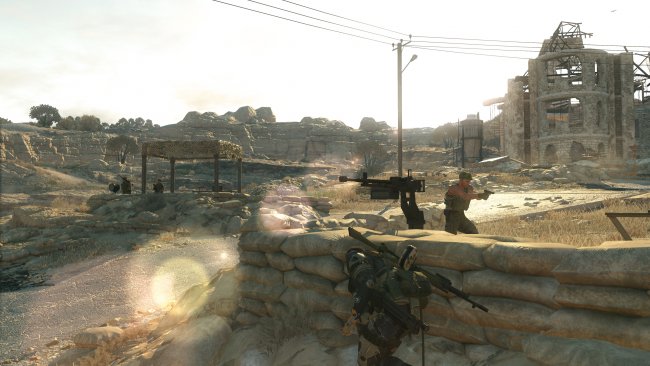
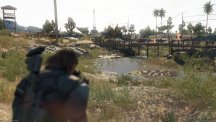
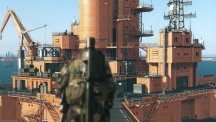
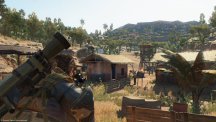
While the gameplay ranges from thrilling to plain whacky, the story and themes of Metal Gear Solid V: The Phantom Pain are more serious than ever before.
Snake's friend, Kazuhira Miller, has grown suspicious and vengeful after losing an arm and a leg while being held captive. Snake barely talks anymore, and when he does, It's no longer in David Hayter's gruff voice, but rather Kiefer Sutherland's cold interpretation.
Kojima has also put a brutal end to any playful banter or small talk, and Snake no longer engages in conversations about spy movies or what different animals taste like. These days, Miller and Snake mostly converse about loss, vengeance and child soldiers, which at times makes for some pompous dialogue (and a terrible cocktail party).
Jokes aside, thirty hours into Metal Gear Solid V and we've had our share of memorable moments. Metal Gear might be a little more grown-up and gloomy, but the story still manages to surprise, even when the pacing and writing are lagging. The real hero this time around, however, is the gameplay. Not only is there much more of it than in the notoriously cut-scene heavy Metal Gear Solid 4, but it feels more accessible, more varied and more interesting than in just about any previous instalment in the franchise. It's a solid open world game, and if we could only get Snake to crack some jokes about bullfrogs some time during the remainder of the game, it might just be one of the best open world games this year.
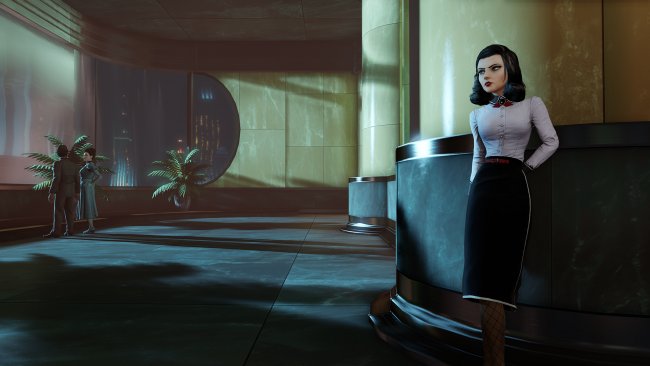

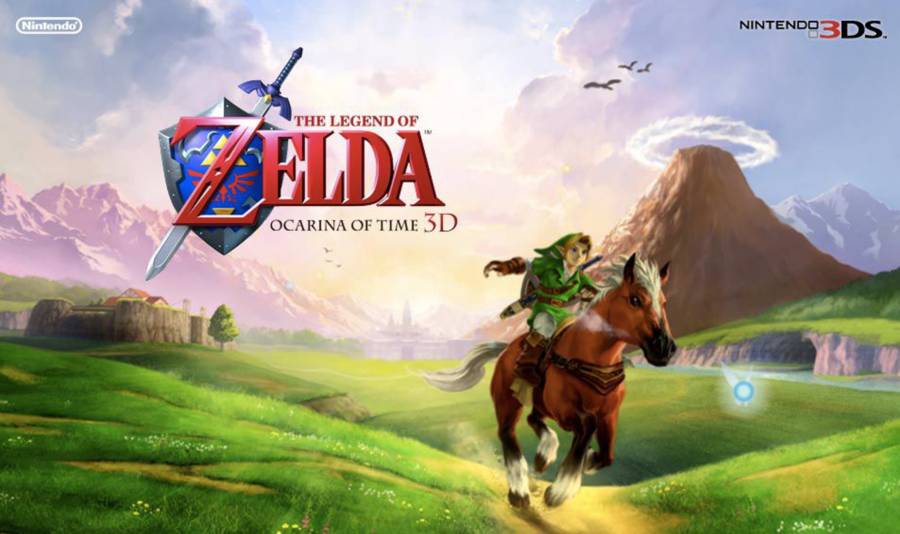
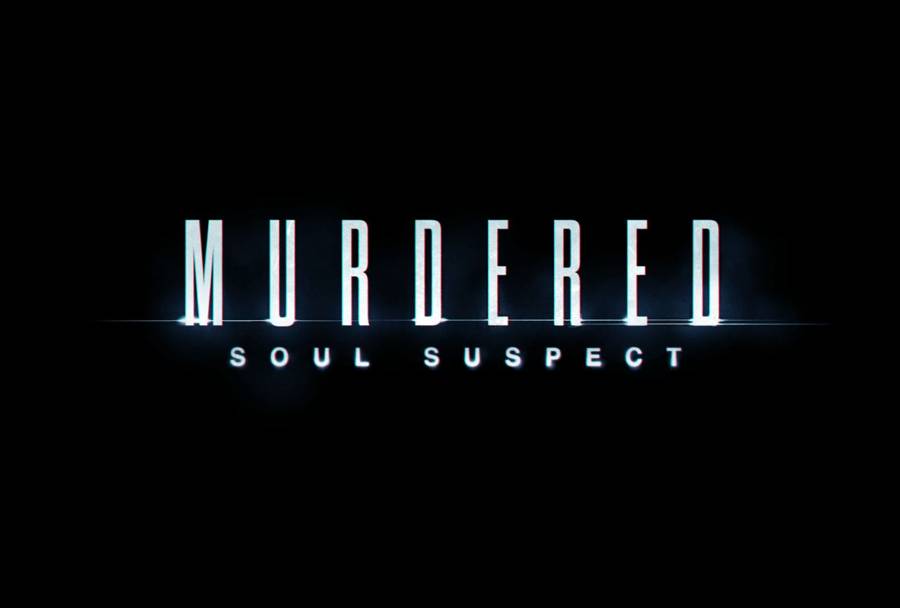
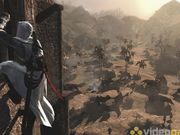 Assassins Creed: The story so far
Assassins Creed: The story so far Goodbye LucasArts
Goodbye LucasArts Fallout New Vegas Snow Globe Locations
Fallout New Vegas Snow Globe Locations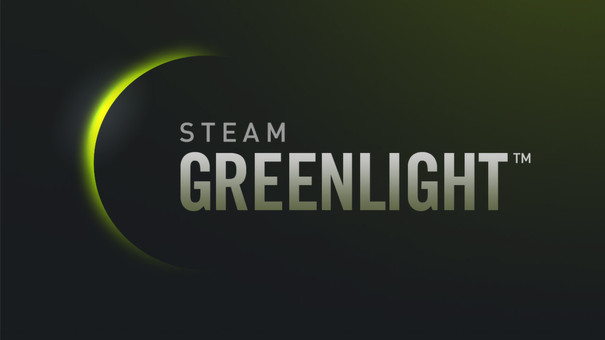 Steam Greenlight: what do developers really think?
Steam Greenlight: what do developers really think?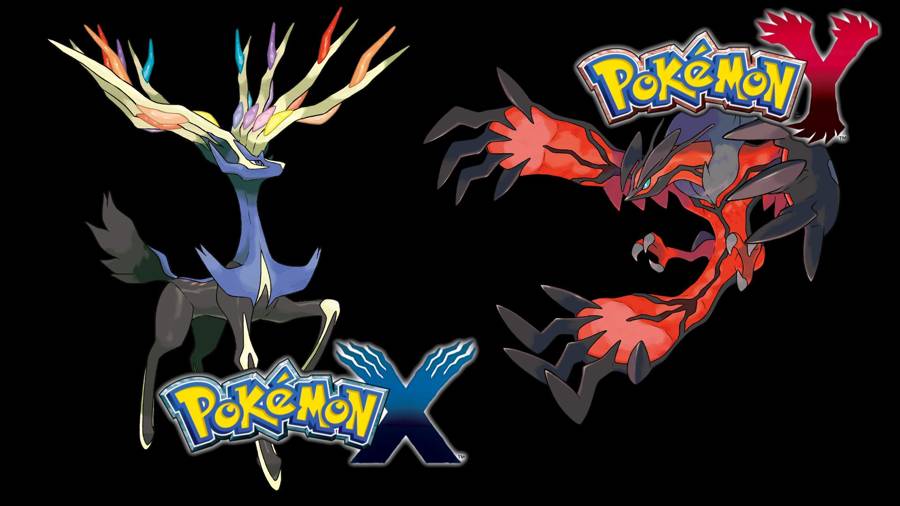 Pokemon X & Y Guide: Jaw Fossil Or Sail Fossil?
Pokemon X & Y Guide: Jaw Fossil Or Sail Fossil?